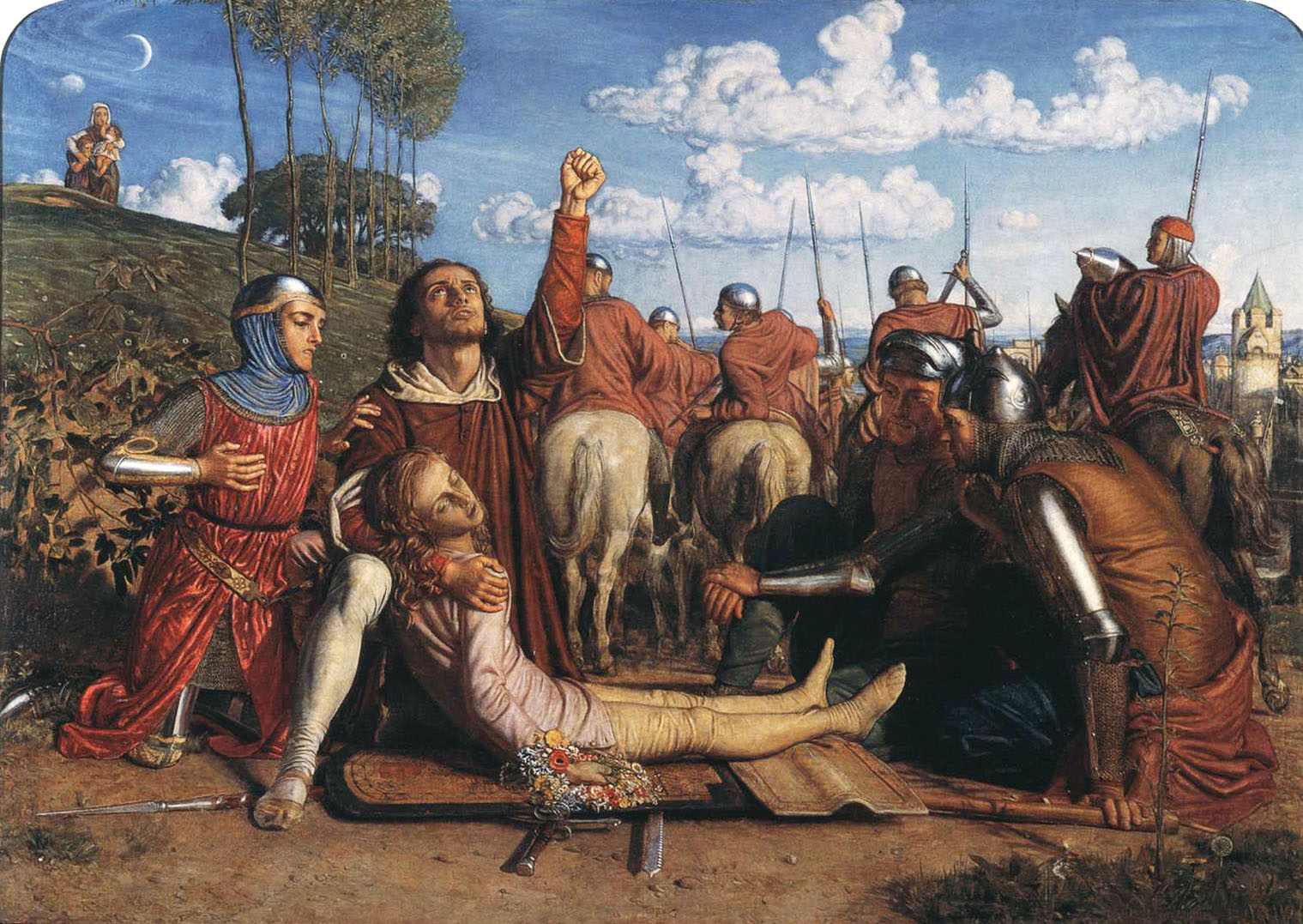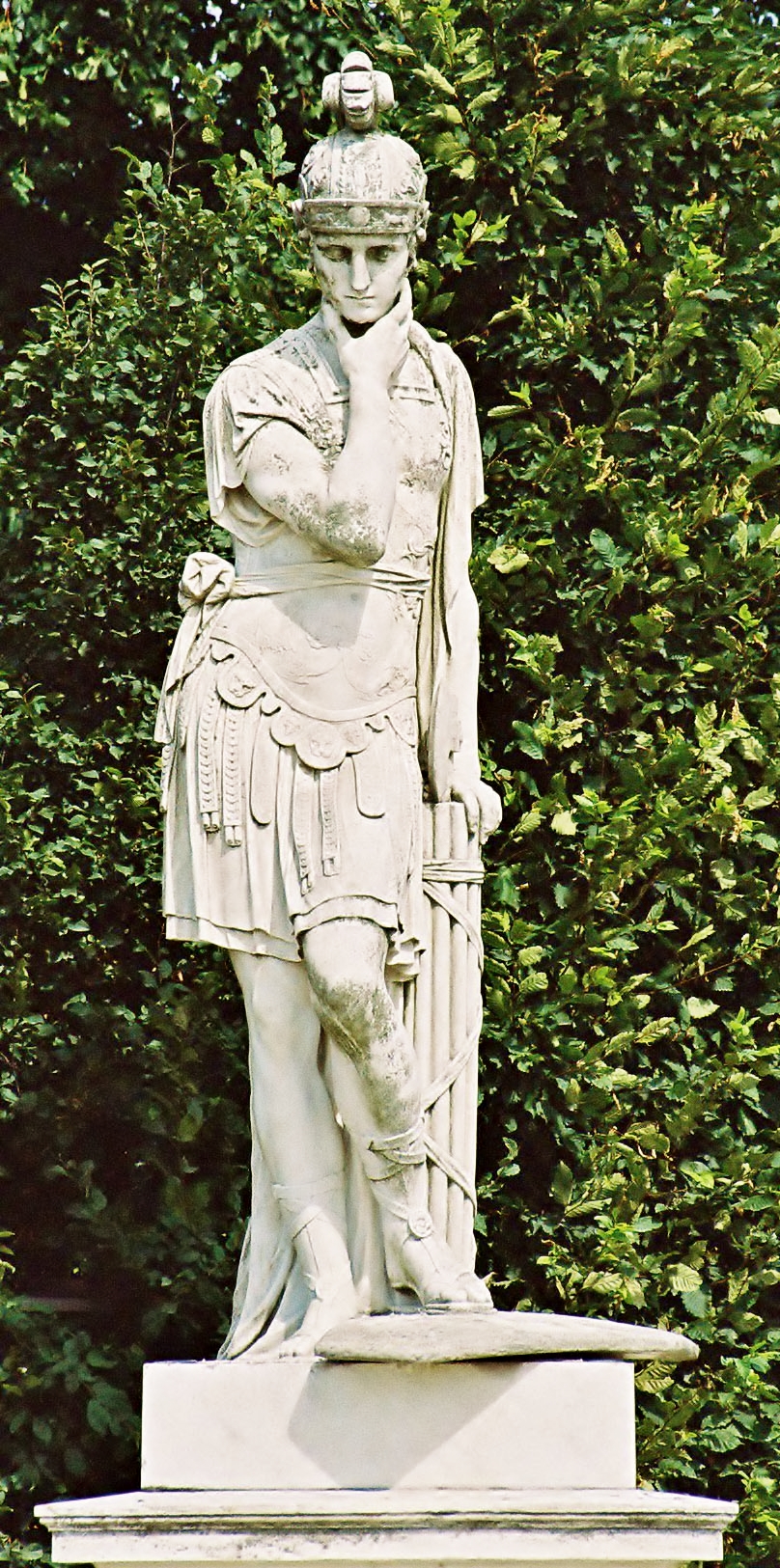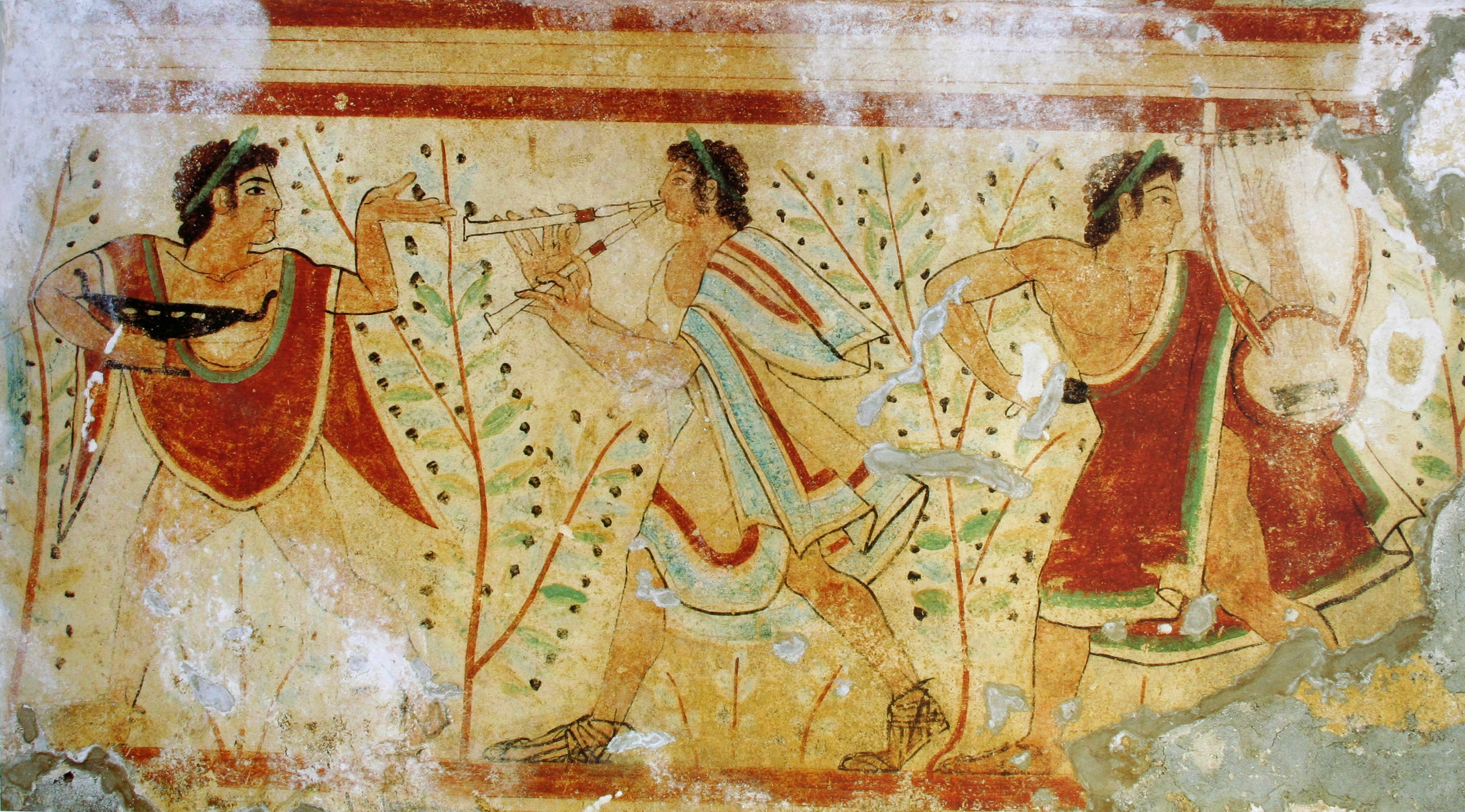|
Piglio
Piglio is a ''comune'' (municipality) in the Province of Frosinone in the Italy, Italian region Lazio, located about east of Rome and about northwest of Frosinone, offering a panoramic view on the valleys of the Sacco (river), Sacco and Aniene rivers. History It has been identified with the ancient Roman ''Capitulum'', a Hernici, Hernican town. Its area was the seat of several ancient Rome, Roman patrician towns. In 1088 it is mentioned as ''Castrum Pileum''; according to a legend, the name would stem from the Latin ''pileum'', the helmet of Roman general Quintus Fabius Maximus Verrucosus. In that period it depended from the bishop of Anagni and, from the late 12th century, it was first a fief of the De Pileo and then of the De Antiochia families. In 1347 it was captured by Cola di Rienzo and, from the late 14th century, it was under the Colonna family, who held it until 1816. In 1656 the town was decimated by plague. Piglio became part of the newly formed Kingdom of Italy (1861 ... [...More Info...] [...Related Items...] OR: [Wikipedia] [Google] [Baidu] |
Lazio
it, Laziale , population_note = , population_blank1_title = , population_blank1 = , demographics_type1 = , demographics1_footnotes = , demographics1_title1 = , demographics1_info1 = , demographics1_title2 = , demographics1_info2 = , demographics1_title3 = , demographics1_info3 = , timezone1 = CET , utc_offset1 = +1 , timezone1_DST = CEST , utc_offset1_DST = +2 , postal_code_type = , postal_code = , area_code_type = ISO 3166 code , area_code = IT-62 , blank_name_sec1 = GDP (nominal) , blank_info_sec1 = €201 billion (2019) , blank1_name_sec1 = GDP per capita , blank1_info_sec1 = €34,300 (2019) , blank2_name_sec1 = HDI (2019) , blank2_info_sec1 = 0.914 · 3rd of 21 , blank_name_sec2 = NUTS Region , blank_info_sec2 = ITE , website www. ... [...More Info...] [...Related Items...] OR: [Wikipedia] [Google] [Baidu] |
Anagni
Anagni () is an ancient town and ''comune'' in the province of Frosinone, Lazio, Latium, central Italy, in the hills east-southeast of Rome. It is a historical and artistic center of the Latin Valley. Geography Overview Anagni still maintains the appearance of a small medieval hill town (424 meters above sea level), with small twisting streets and steep lanes. It is built inside Roman boundary walls. The built-up area initially included only the acropolis (the north-east zone comprising the Cathedral, Tufoli gate, and Piazza Dante) and partially defended by walls in ''opus quasi-quadratum'' (almost squared work). Under Roman domination, the map of the city changed, starting from the modification of the boundary walls. The archaic inhabited places spread out protected by the so-called Servius Tullius, Servian walls, made with stone blocks placed in alternate lines and dating back to the beginning of the 3rd century BC. Most of the boundary walls have been subjected to rebuilding an ... [...More Info...] [...Related Items...] OR: [Wikipedia] [Google] [Baidu] |
Hernici
The Hernici were an Italic tribe of ancient Italy, whose territory was in Latium between the Fucine Lake and the Sacco River (''Trerus''), bounded by the Volsci on the south, and by the Aequi and the Marsi on the north. For many years of the early Roman republic they were allied with Rome and fought alongside it against its neighbours. In 495 BC Livy records that they entered into a treaty with the Volsci against ancient Rome. They long maintained their independence, and in 486 BC were still strong enough to conclude an equal treaty with the Latins. In 475 BC they fought alongside the Latins against the Aequi and Volsci, and in the same year fought alongside Rome against the Veientes and Sabines. In 468 BC they fought alongside Rome against the Volsci. In 464 BC they warned Rome of the betrayal of Ecetra, and fought alongside Rome against the Aequi who were allied with the Ecetrans. They broke away from Rome in 362 and in 306, when their chief town Anagnia was taken and ... [...More Info...] [...Related Items...] OR: [Wikipedia] [Google] [Baidu] |
Kingdom Of Italy (1861–1946)
The Kingdom of Italy ( it, Regno d'Italia) was a state that existed from 1861, when Victor Emmanuel II of Kingdom of Sardinia, Sardinia was proclamation of the Kingdom of Italy, proclaimed King of Italy, until 1946, when civil discontent led to an 1946 Italian institutional referendum, institutional referendum to abandon the monarchy and form the modern Italy, Italian Republic. The state resulted from a decades-long process, the ''Italian unification, Risorgimento'', of consolidating the different states of the Italian Peninsula into a single state. That process was influenced by the House of Savoy, Savoy-led Kingdom of Sardinia, which can be considered Italy's legal Succession of states, predecessor state. Italy Third Italian War of Independence, declared war on Austrian Empire, Austria in alliance with Kingdom of Prussia, Prussia in 1866 and received the region of Veneto following their victory. Italian troops Capture of Rome, entered Rome in 1870, ending Papal States, more tha ... [...More Info...] [...Related Items...] OR: [Wikipedia] [Google] [Baidu] |
Colonna Family
The House of Colonna, also known as ''Sciarrillo'' or ''Sciarra'', is an Italian noble family, forming part of the papal nobility. It was powerful in Middle Ages, medieval and Roman Renaissance, Renaissance Rome, supplying one pope (Pope Martin V, Martin V) and many other Catholic Church, church and political leaders. The family is notable for its bitter feud with the Orsini family over influence in Rome, until it was stopped by papal bull in 1511. In 1571, the heads of both families married nieces of Pope Sixtus V. Thereafter, historians recorded that "no peace had been concluded between the princes of Christendom, in which they had not been included by name". History Origins According to tradition, the Colonna family is a branch of the Counts of Tusculum — by Peter (1099–1151) son of Gregory III, Count of Tusculum, Gregory III, called Peter "de Columna" from his property the Columna Castle in Colonna, Lazio, Colonna, in the Alban Hills. Further back, they trace their lineag ... [...More Info...] [...Related Items...] OR: [Wikipedia] [Google] [Baidu] |
Cola Di Rienzo
Nicola Gabrini (1313 8 October 1354), commonly known as Cola di Rienzo () or Rienzi, was an Italian politician and leader, who styled himself as the "tribune of the Roman people". Having advocated for the abolition of temporal papal power and the unification of Italy, Cola re-emerged in the 19th century as a romantic memory among leaders of liberal nationalism and was adopted as a precursor of the 19th-century Risorgimento. Early life and career Cola was born in Rome of humble origins. He claimed to be the natural child of Henry VII, the Holy Roman Emperor, but he was in fact born to a washer-woman and a tavern-keeper named Lorenzo Gabrini. Nicola's father's forename was shortened to Rienzo, and his name was shortened to Cola; hence the Cola di Rienzo, or Rienzi, by which he is generally known. He spent his early years at Anagni, where he devoted much of his time to the study of Latin writers, historians, orators and poets. After having nourished his mind with stories of t ... [...More Info...] [...Related Items...] OR: [Wikipedia] [Google] [Baidu] |
Quintus Fabius Maximus Verrucosus
Quintus Fabius Maximus Verrucosus, surnamed Cunctator ( 280 – 203 BC), was a Roman statesman and general of the third century BC. He was consul five times (233, 228, 215, 214, and 209 BC) and was appointed dictator in 221 and 217 BC. He was censor in 230 BC. His agnomen, ''Cunctator'', usually translated as "the delayer", refers to the strategy that he employed against Hannibal's forces during the Second Punic War. Facing an outstanding commander with superior numbers, he pursued a then-novel strategy of targeting the enemy's supply lines, and accepting only smaller engagements on favourable ground, rather than risking his entire army on direct confrontation with Hannibal himself. As a result, he is regarded as the originator of many tactics used in guerrilla warfare. Beginnings Born at Rome c. 280 BC, Fabius was a descendant of the ancient patrician Fabia gens. He was the son or grandson of Quintus Fabius Maximus Gurges, three times consul and ''princeps senatus'', and g ... [...More Info...] [...Related Items...] OR: [Wikipedia] [Google] [Baidu] |
Ancient Rome
In modern historiography, ancient Rome refers to Roman civilisation from the founding of the city of Rome in the 8th century BC to the collapse of the Western Roman Empire in the 5th century AD. It encompasses the Roman Kingdom (753–509 BC), Roman Republic (509–27 BC) and Roman Empire (27 BC–476 AD) until the fall of the western empire. Ancient Rome began as an Italic settlement, traditionally dated to 753 BC, beside the River Tiber in the Italian Peninsula. The settlement grew into the city and polity of Rome, and came to control its neighbours through a combination of treaties and military strength. It eventually dominated the Italian Peninsula, assimilated the Greek culture of southern Italy ( Magna Grecia) and the Etruscan culture and acquired an Empire that took in much of Europe and the lands and peoples surrounding the Mediterranean Sea. It was among the largest empires in the ancient world, with an estimated 50 to 90 million inhabitants, roughly 20% of t ... [...More Info...] [...Related Items...] OR: [Wikipedia] [Google] [Baidu] |
Ancient Roman
In modern historiography, ancient Rome refers to Roman civilisation from the founding of the city of Rome in the 8th century BC to the collapse of the Western Roman Empire in the 5th century AD. It encompasses the Roman Kingdom (753–509 BC), Roman Republic (509–27 BC) and Roman Empire (27 BC–476 AD) until the fall of the western empire. Ancient Rome began as an Italic settlement, traditionally dated to 753 BC, beside the River Tiber in the Italian Peninsula. The settlement grew into the city and polity of Rome, and came to control its neighbours through a combination of treaties and military strength. It eventually dominated the Italian Peninsula, assimilated the Greek culture of southern Italy ( Magna Grecia) and the Etruscan culture and acquired an Empire that took in much of Europe and the lands and peoples surrounding the Mediterranean Sea. It was among the largest empires in the ancient world, with an estimated 50 to 90 million inhabitants, roughly 20% of th ... [...More Info...] [...Related Items...] OR: [Wikipedia] [Google] [Baidu] |
Province Of Frosinone
The Province of Frosinone ( it, Provincia di Frosinone) is a province in the Lazio region of Italy, with 91 ''comuni'' (singular: ''comune''; see Comuni of the Province of Frosinone). Its capital is the city of Frosinone. It has an area of and a total population of 493,605 (2016). The Province was established by Royal Decree on 6 December 1926 with territories belonging to the then provinces of Rome and Caserta. The areas of the then province of Caserta were the left valley of the Liri-Garigliano river, the district of Sora, the Comino Valley, the district of Cassino, the Gulf of Formia and Gaeta, the Pontine islands, which until then had been for centuries included in the Province called Terra di Lavoro, of the Kingdom of Naples (or of the Two Sicilies). Most of these territories were part of the ancient Latium adiectum. Geography The province largely follows the territory of the low and middle Latin Valley, a larger region that extends from south of Rome to Cassin ... [...More Info...] [...Related Items...] OR: [Wikipedia] [Google] [Baidu] |
Aniene
The Aniene (; la, Aniō), formerly known as the Teverone, is a river in Lazio, Italy. It originates in the Apennines at Trevi nel Lazio and flows westward past Subiaco, Vicovaro, and Tivoli to join the Tiber in northern Rome. It formed the principal valley east of ancient Rome and became an important water source as the city's population expanded. The falls at Tivoli were noted for their beauty. Historic bridges across the river include the Ponte Nomentano, Ponte Mammolo, Ponte Salario, and Ponte di San Francesco, all of which were originally fortified with towers. Name It was known to the Romans as ''Aniō''; this is of unknown etymology, but Francisco Villar Liebana has suggested a root *''an''- that is found in many river names, such as the Ana (Guadiana) and Anisus ( Enns). Plutarch derived the name from a mythical Etruscan king Anius who drowned in the river. History The confluence of the Aniene and Tiber was controlled by Antemnae, a Latin settlement on a hill just to ... [...More Info...] [...Related Items...] OR: [Wikipedia] [Google] [Baidu] |
Sacco (river)
The Sacco is a river of central Italy, a right tributary of the Liri. It flows between the Metropolitan City of Rome Capital and the province of Frosinone in Lazio. Territory The river originates from the Prenestini Mountains, formed by the confluence of two streams of the Monti Simbruini in the Apennines of Abruzzo in Lazio, and flows south-east for a total length of 87 km, crossing the Middle Latin valley between the Ernici Mountains to the northeast and the Lepini Mountains to the southwest; at the height of Ceprano it flows into the Liri River from the right. The Sacco's main tributaries are the Cosa and the Alabro. In old sources, it is known also the Tolero, from its ancient name ''Tolerus'' or ''Trerus''. Environmental issues The Sacco river valley is a vast territory between the provinces of Rome and Frosinone Frosinone (, local dialect: ) is a town and ''comune'' in Lazio, central Italy, the administrative seat of the province of Frosinone. It is located abo ... [...More Info...] [...Related Items...] OR: [Wikipedia] [Google] [Baidu] |





